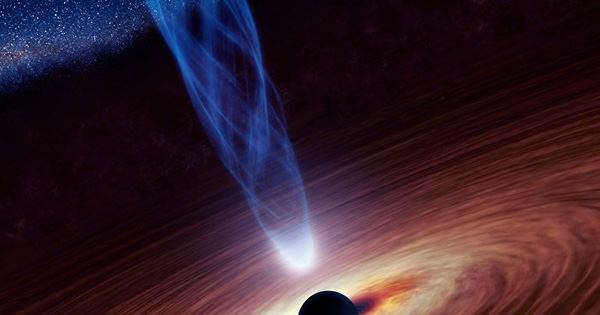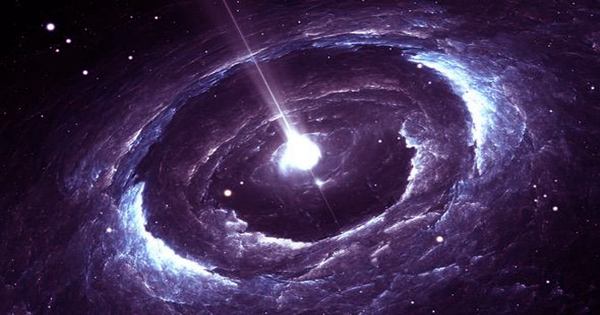Galaxies presumed dead after galaxies stopped making new stars. These dead galaxies have gone out of gas to create new stars. Without these, they will gradually turn red as the bright blue stars go into the supernova, leaving the smaller, faint star behind. This will happen to all galaxies, but astronomers have never clearly seen the beginning of this process in any galaxy before it died very early in the universe. This is an important window in galaxy evolution. In a new study published in Nature Astronomy, an international team of researchers introduced us to Galaxy ID2299.
This celestial object is forming stars 550 times faster than the Milky Way, known as the Starburst Galaxy. However, this galaxy is also losing gas in an unprecedented way. Each year, it throws the equivalent of 10,000 suns into interplanetary spaces, emerging as the “tide of the tide.”
This damage is removing 46 percent of all cold gases from this galaxy. Between this and intense star formation, the galaxy will go out of gas in millions of years. It is even more interesting considering that the galaxy is still going through this event just 4.5 billion years after the Big Bang. This is just after the cosmic high noon when galaxies form at an incredible rate.

Astronomers Witness the Death of a Very Distant Galaxy
Lead author Dr Annagrazia Puglisi, from Durham University in the UK and the Saclay Nuclear Research Centre (CEA-Saclay) in France said, in a statement, “This is the first time we’ve seen a giant star-created galaxy ‘die’ in the distant universe due to a huge cold gas emission.”
The team believes the cause of this spectacular event is a collision with another galaxy. Galaxy mergers often provide a new lease of life in galaxies, bringing new gas and intense star formation conditions. This discovery suggests that they can also be deadly as complex deadly dances remove gas from the final galaxy.
Co-author Emanuele Daddi of CEA-Saclay, “Our study suggests that gas emissions may be produced by aggregation and that wind and tidal tails may appear alike.” “It can correct our understanding of how our galaxies die.”
These groundbreaking observations currently conducted using the world’s largest radio telescope, the Atacama Large Millimeter / submillimeter Array (ALMA), but more observation is need. The team further hopes to use ALMA again to study the galaxy and its gas tail. They are hoping to observe ID2299 in visible light with next-generation instruments like the Ultimate Large Telescope, which expected to come online in 2025.















